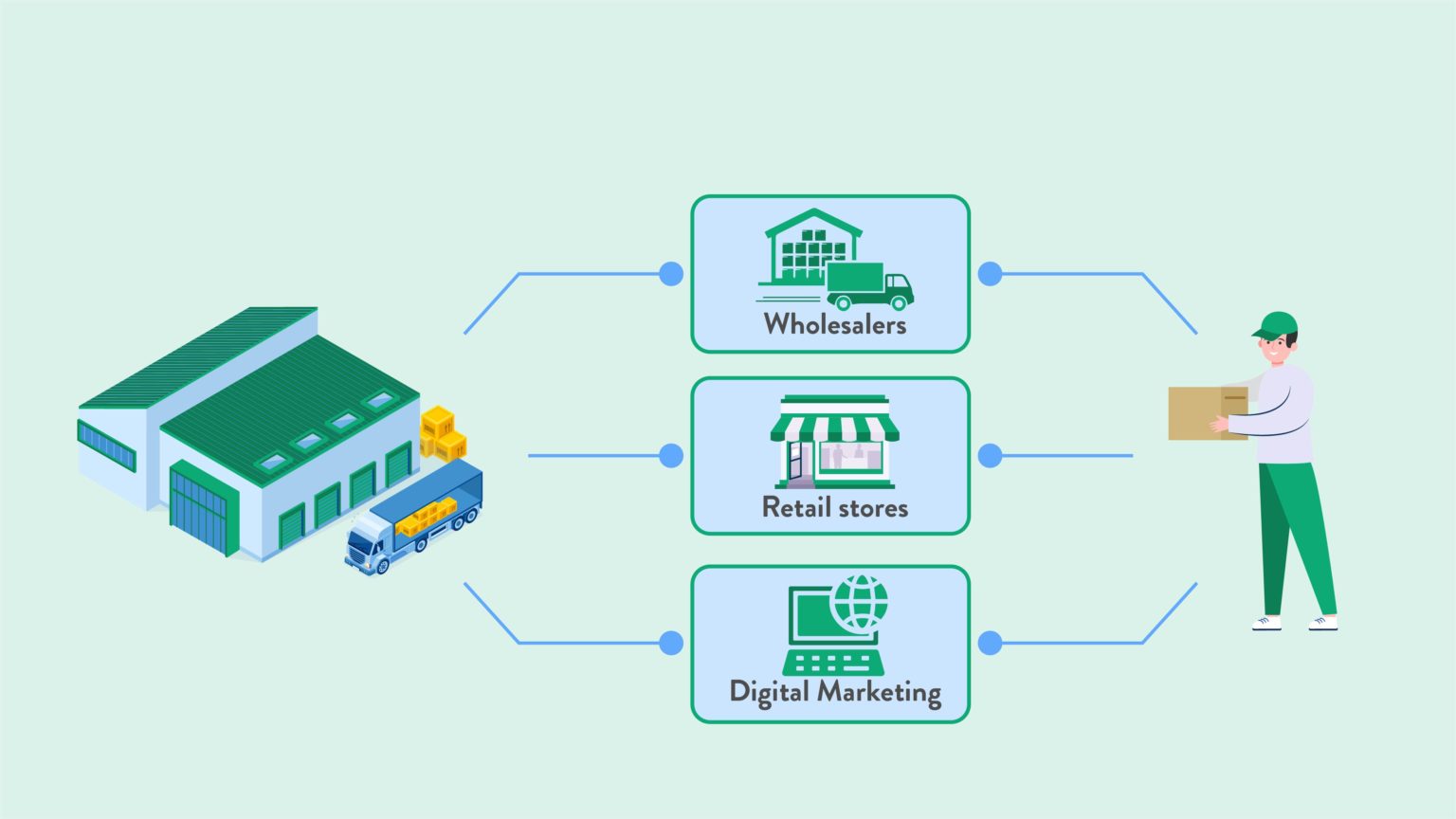The Fog of Distribution: Before the Analytics Light
Remember those days? Maybe you’re living them right now. You’re running a business, selling products through various channels – maybe to wholesalers, directly to retailers, or through your own e-commerce site. Things are moving, sales numbers are… well, they’re numbers. But you don’t really know what’s going on.
For years, that was my reality. My ERP system (Enterprise Resource Planning, for those just starting out – think of it as the central brain of your business operations) was handling orders, inventory, invoicing. It was doing its job, but it was like having a super-fast car and only ever driving it in first gear.
I knew what we sold, but I didn’t truly understand how we sold it, or who was selling it best, or why certain products flew off the shelves in one channel but gathered dust in another. My "analytics" mostly involved me squinting at spreadsheets, trying to connect dots that felt miles apart.
- "Why are sales down this quarter?"
- "Are our distributors in Region A actually performing better than Region B, or are they just selling cheaper products?"
- "Should we invest more in our online store, or focus on expanding our retail partnerships?"
These weren’t just rhetorical questions; they were constant, nagging doubts that kept me up at night. Decisions felt like guesswork, based on gut feelings and the loudest voices in the room. We had data, tons of it, sitting there in our ERP system, but it was like a treasure chest locked away, with no key in sight.
My ‘Aha!’ Moment: When Data Became My Compass
The turning point came during a particularly brutal quarter. Sales were sluggish, inventory was piling up in some warehouses, and we were missing out on opportunities in others. It was clear our old ways weren’t cutting it. That’s when a consultant, bless her heart, gently nudged me. "You have all this information in your ERP," she said. "You just need to unlock its stories."
She introduced me to the concept of ERP Distribution Channel Analytics. At first, it sounded like a mouthful of jargon. But as she explained it, something clicked. It wasn’t just about pulling reports; it was about intelligently analyzing the data from our ERP system specifically about how our products moved through our different sales channels.
Think of your ERP system as the central repository for every transaction, every inventory movement, every customer interaction. Distribution Channel Analytics is like shining a powerful spotlight onto that data, filtering it by how it reached the customer. It tells you which paths your products took, how well those paths performed, and where the bottlenecks or hidden gems truly lie.
It’s about taking raw data – sales orders, inventory levels, pricing, customer feedback – and transforming it into actionable insights.
What Exactly Is This Magic? ERP Distribution Channel Analytics for Beginners
Let’s break it down simply.
- Your ERP System: This is the foundation. It’s collecting all the nitty-gritty details of your business operations. Every sale, every return, every item shipped, every payment received.
- Distribution Channels: These are the different ways your products get from your warehouse to your customer’s hands. Examples include:
- Direct Sales: Your own sales team selling directly.
- E-commerce: Your online store.
- Wholesalers/Distributors: Companies that buy in bulk and resell to retailers or other businesses.
- Retailers: Physical stores or online marketplaces (like Amazon) that sell your products.
- Agents/Partners: Third parties who represent your brand and sell on your behalf.
- Analytics: This is the process of examining that data to find patterns, trends, and meaningful information. It answers the "who, what, when, where, why, and how much" for each of your channels.

